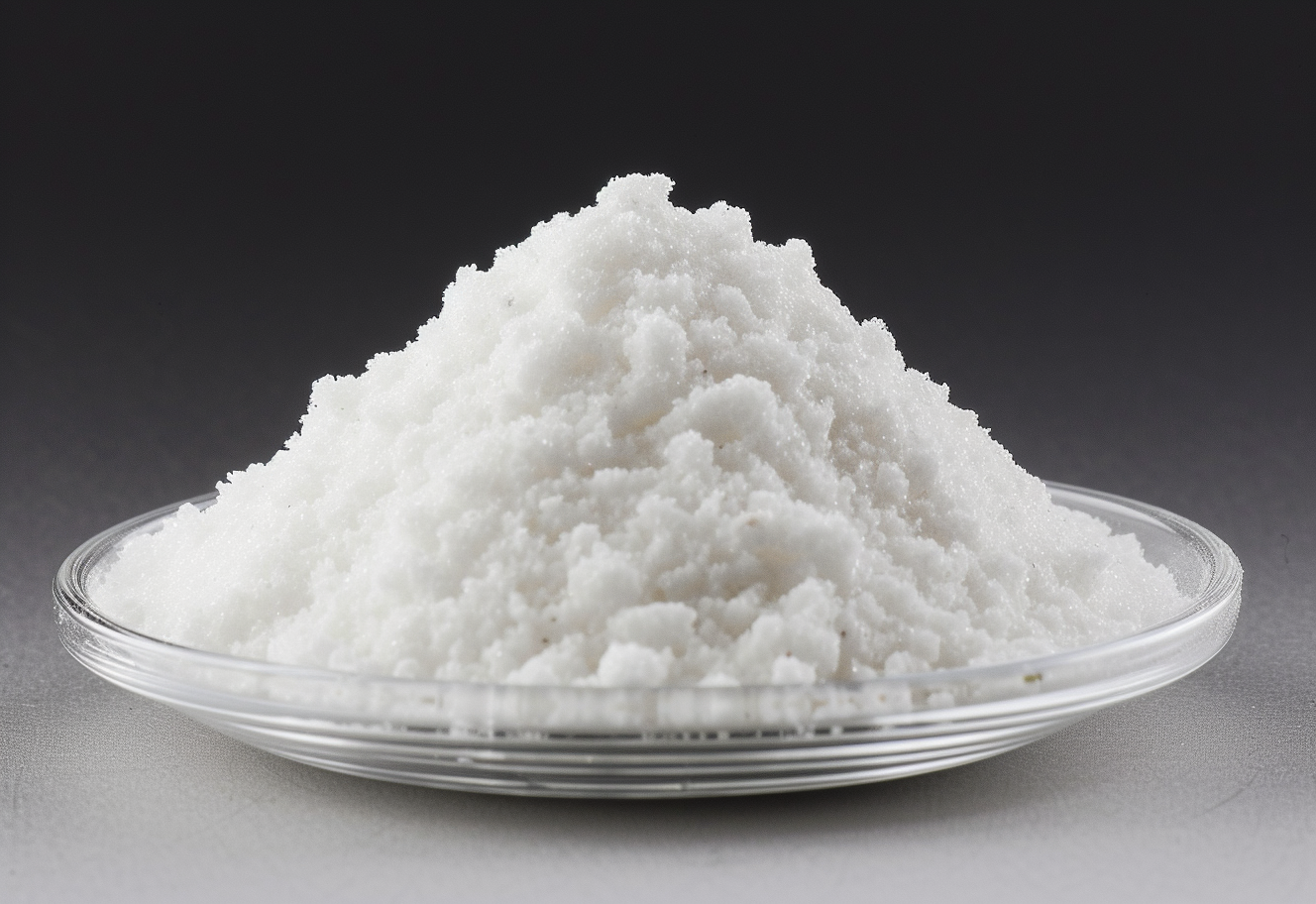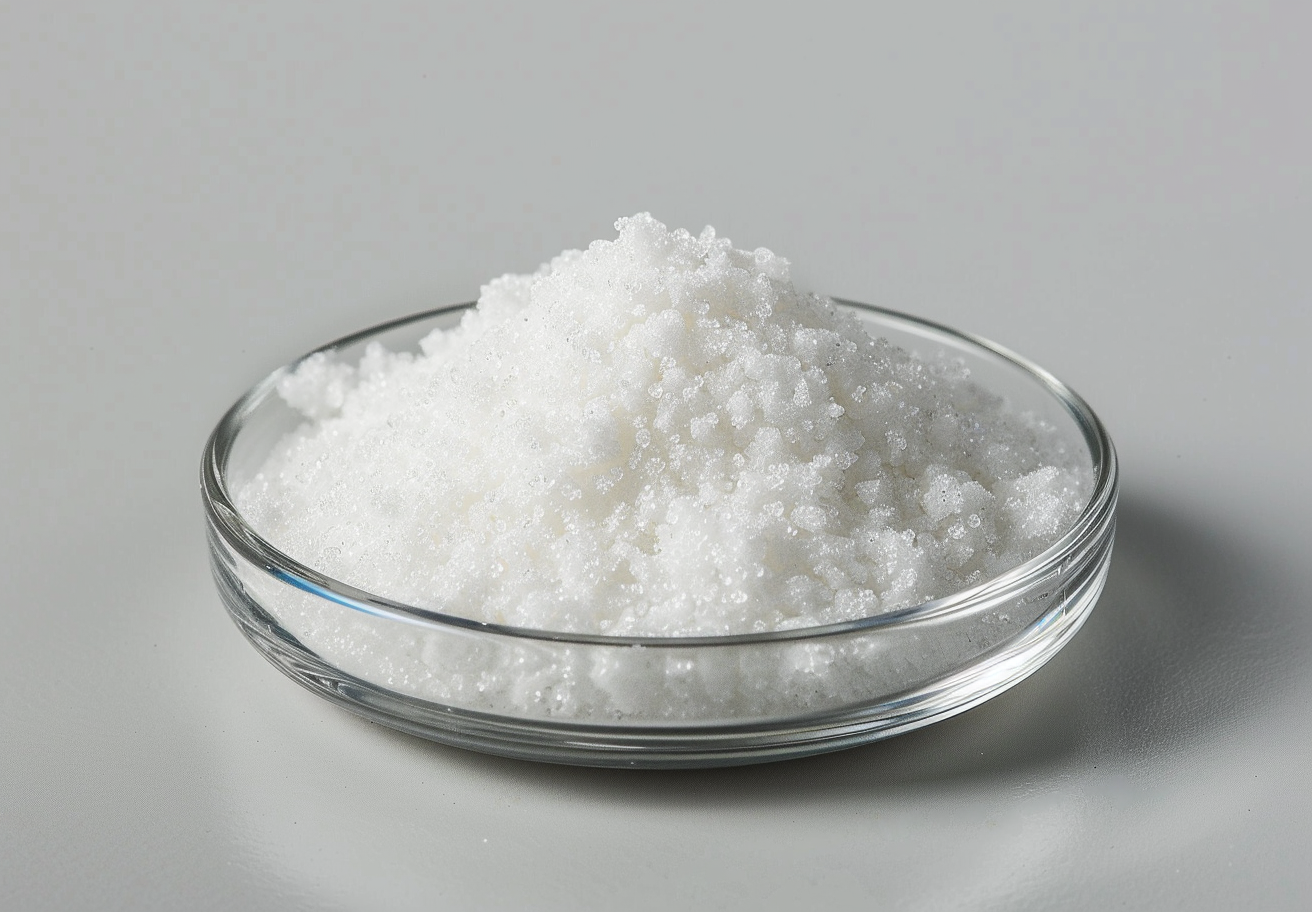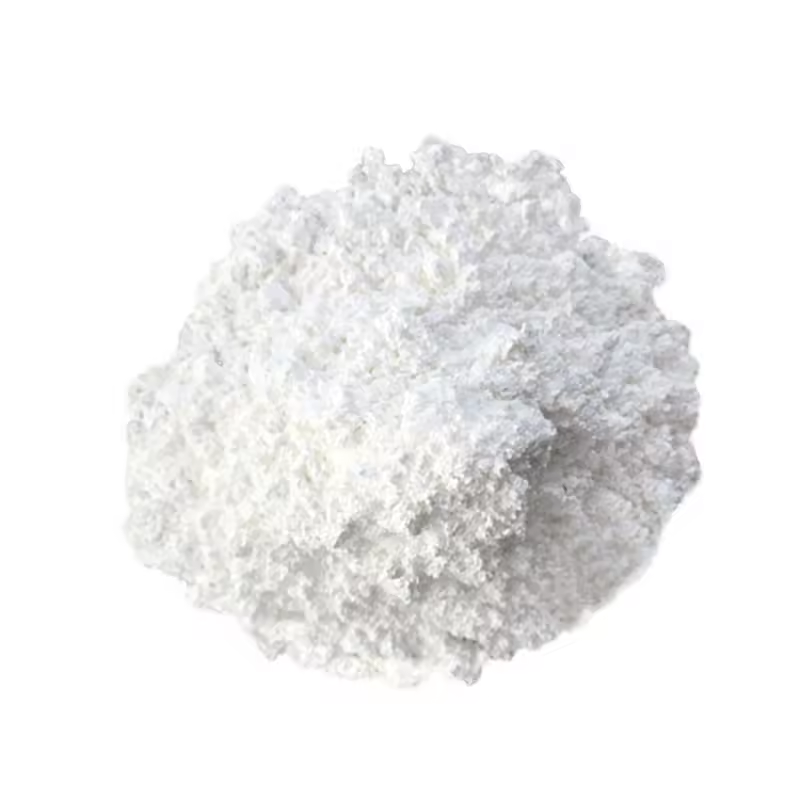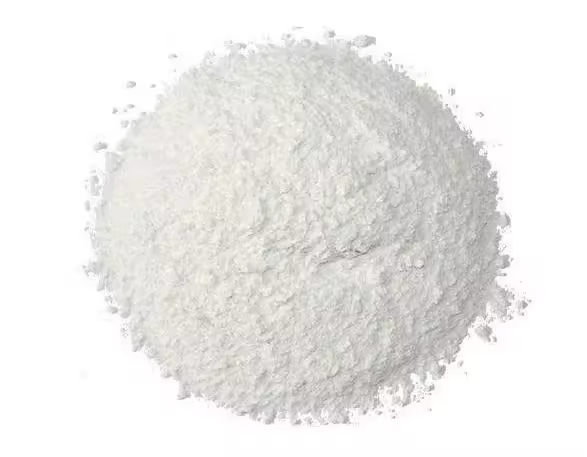Description
Lanthanum Catalysts: Unsung Heroes of Modern Chemistry
Lanthanum, a silvery-white rare earth metal, might not be a household name, but its compounds are quietly revolutionizing various fields, thanks in large part to their remarkable catalytic properties. While not as widely known as platinum or palladium, lanthanum catalysts are emerging as powerful and versatile tools for accelerating chemical reactions with high efficiency and selectivity.
What Makes Lanthanum a Good Catalyst?
Lanthanum’s catalytic prowess stems from several key characteristics:
- High Ionic Radius and Charge: Lanthanum ions (La³⁺) are relatively large and possess a high positive charge. This allows them to effectively interact with and activate reactant molecules.
- Lewis Acidity: Lanthanum compounds often exhibit Lewis acidic behavior, meaning they can accept electron pairs from reactants. This promotes the formation of reactive intermediates and lowers the activation energy of reactions.
- Thermal Stability: Unlike some transition metal catalysts, lanthanum compounds are generally stable at high temperatures, making them suitable for reactions requiring elevated heat.
- Oxidation State Stability: Lanthanum primarily exists in the +3 oxidation state, which simplifies its catalytic behavior and reduces the risk of unwanted side reactions due to changes in oxidation state.
Applications Spanning Diverse Fields:
The unique properties of lanthanum catalysts have led to their widespread use in a variety of applications:
- Petrochemical Industry: Lanthanum-containing catalysts are crucial in the oil refining process, specifically in fluid catalytic cracking (FCC). They enhance the conversion of heavy hydrocarbons into lighter, more valuable fuels like gasoline and diesel. Lanthanum modifies zeolite catalysts used in FCC, improving their activity, selectivity, and stability.
- Environmental Catalysis: Lanthanum-based catalysts play a significant role in reducing harmful emissions from vehicles and industrial processes. They are effective in catalyzing the oxidation of carbon monoxide (CO) and hydrocarbons, as well as the reduction of nitrogen oxides (NOx), all major contributors to air pollution. Lanthanum oxide (La₂O₃) is often incorporated into three-way catalytic converters.
- Organic Synthesis: Lanthanum catalysts are employed in a wide range of organic reactions, including:
- C-C Bond Formation: Lanthanum triflate (La(OTf)₃) and other lanthanum complexes are effective catalysts for aldol reactions, Diels-Alder reactions, and other important C-C coupling reactions.
- Hydrolytic Reactions: Lanthanum compounds can catalyze the hydrolysis of esters, amides, and other functional groups.
- Asymmetric Catalysis: By incorporating chiral ligands, lanthanum catalysts can be used to perform asymmetric reactions, producing enantiomerically pure products that are crucial in the pharmaceutical and fine chemical industries.
- Polymerization Catalysis: Lanthanum-based catalysts are showing promise in the polymerization of various monomers, potentially leading to the development of new polymers with tailored properties.
Advantages and Future Perspectives:
Lanthanum catalysts offer several advantages over traditional catalysts:
- High Activity and Selectivity: They can often achieve higher reaction rates and produce fewer unwanted byproducts.
- Environmental Friendliness: Lanthanum is considered less toxic than some other heavy metal catalysts.
- Abundance: Compared to precious metals like platinum, lanthanum is relatively abundant, making it a more cost-effective option.
Looking ahead, future research will likely focus on:
- Developing more active and selective lanthanum catalysts: This will involve designing new lanthanum complexes and supporting materials.
- Exploring new applications of lanthanum catalysts: Opportunities exist in areas such as biomass conversion, energy storage, and advanced materials synthesis.
- Understanding the detailed mechanisms of lanthanum catalysis: A deeper understanding of how lanthanum catalysts function will enable the design of even more efficient and effective catalysts.
In conclusion, lanthanum catalysts are proving to be valuable assets in a wide range of chemical processes. Their unique properties, combined with their relative abundance and environmental friendliness, make them a promising alternative to traditional catalysts. As research continues, we can expect to see even more innovative applications of these unsung heroes of modern chemistry.













Reviews
There are no reviews yet.